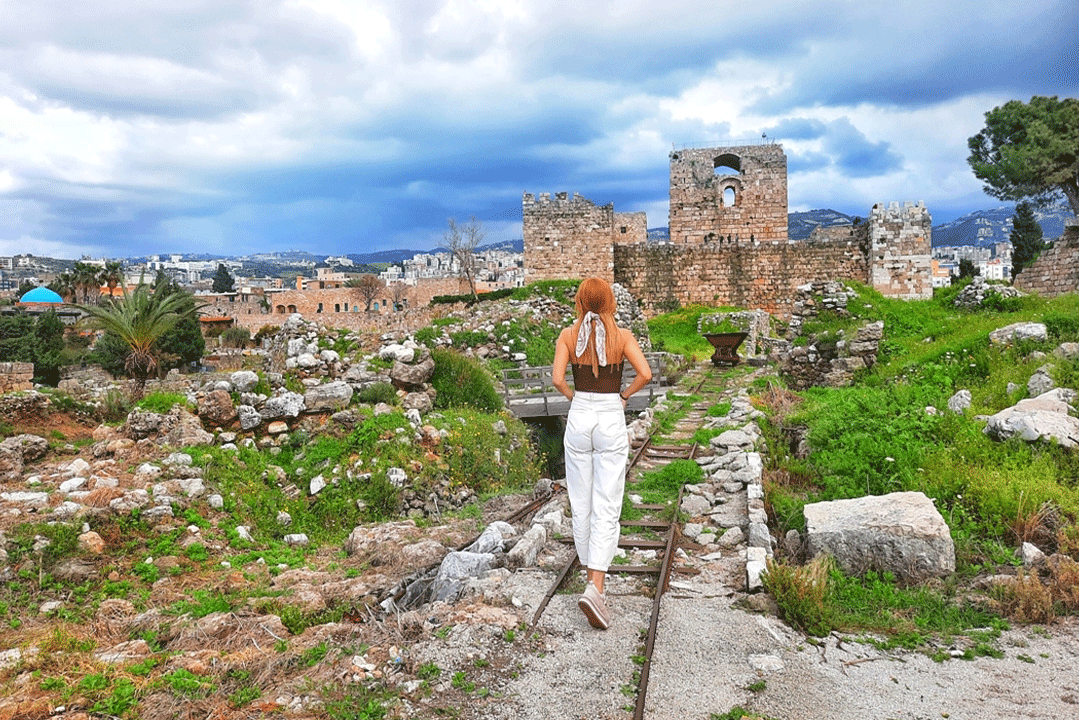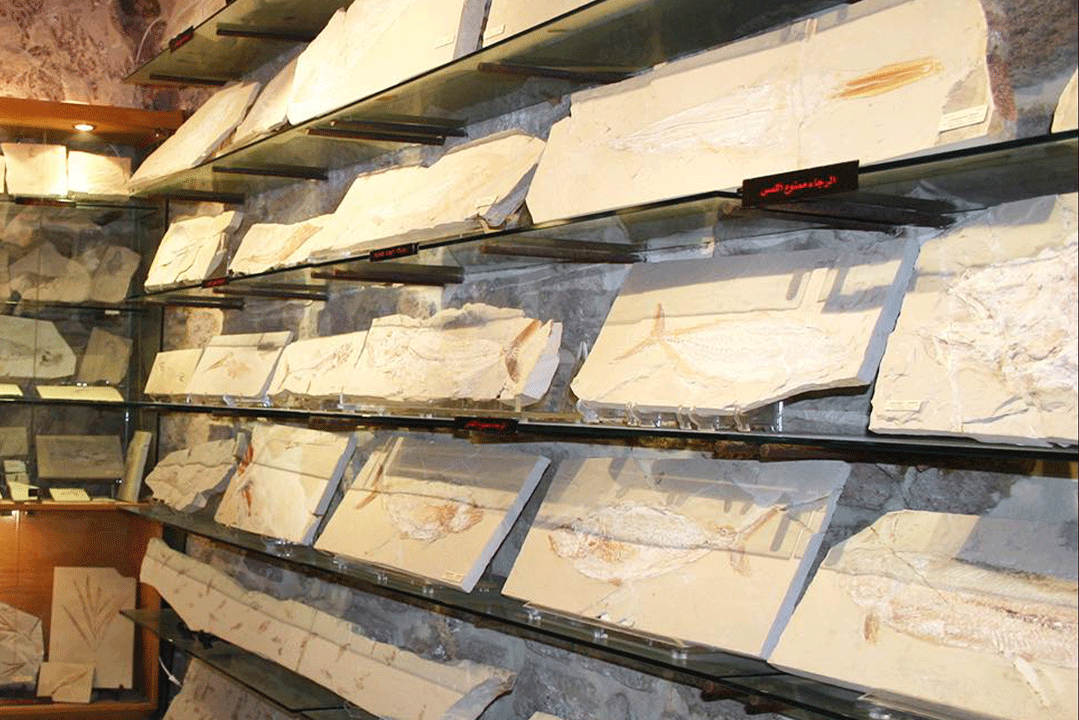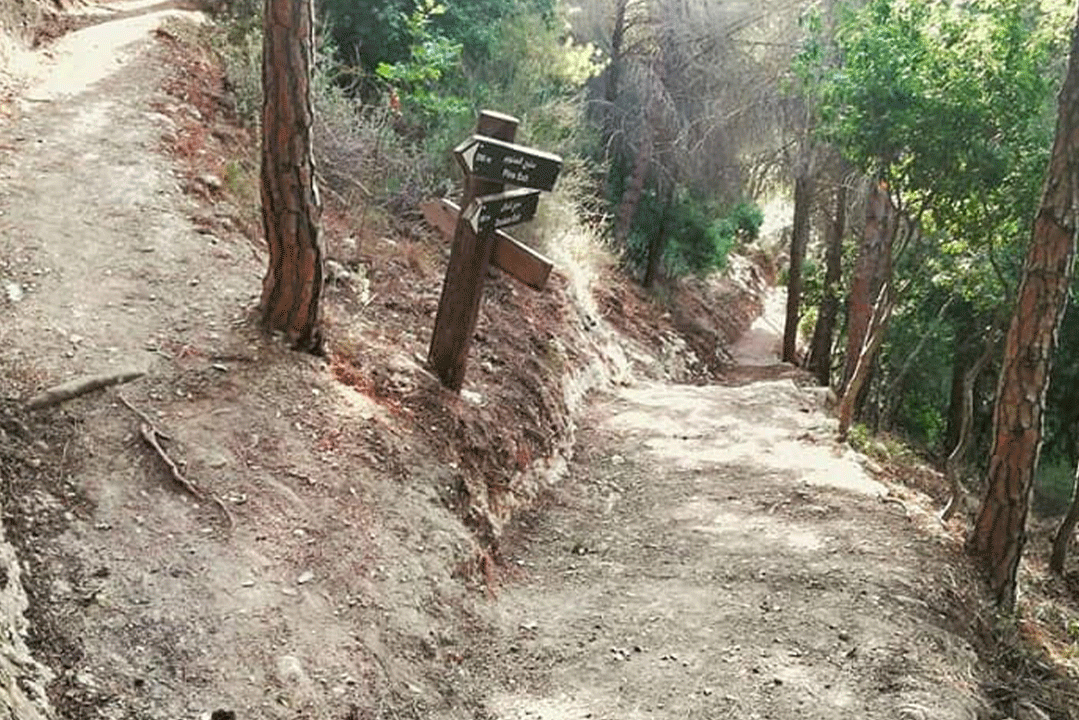The Arab Council of Tourism has crowned Byblos with the title “Arab Tourism Capital for 2016.“ As one of the oldest cities in the world it has impressive historical ruins that show the remains of past civilizations, but Byblos is certainly not a fossil to the past. From its picturesque port and bustling souks to its vibrant restaurants, Byblos is full of life. LT explores one of Lebanon’s most iconic cities

Photo – Lebanon Loyalty
1 – Old city tour
The old city area of Byblos can easily fill a full day’s visit at a leisurely pace. The Citadel (+961 9 540 001) is a vast archeological site made up of numerous landmarks. It’s worth taking a guide around the site to fully grasp the numerous civilizations that passed here. Some of the highlights include a Persian fortress (555-332 B.C.), a main gate (3000 B.C.) with skylight and the remaining signs of a fire from an Amorite invasion that took place in 2150-2500 B.C. On the seaside, next to a traditional Lebanese house from the 19th century, are the foundations of houses from the Canaanite Period. The remains of the most recent crusader castle dates back to 12th century B.C. Continue to the beautiful St. John Marc Cathedral (09 621448, open upon request) built during the 12th and 13th centuries.
2 – A stroll through the souks

Byblos Souks
Wander down the city’s characteristic stone cobbled street where you can find old stone arched souks that sell everything from traditional embroidery to souvenirs and boutique jewelry. Ebre w Kheit (+961 71 077 066) is a must stop for delicate embroidery work on towels, dressing gowns and tablecloths. Alice Eddé boutique (+961 9 943 023) is the place for high-end design featuring leather bags including clutches and travel bags by Lebanese designers. The owner Alice Eddé often holds in-store events with local artisans and designers. Close to Ebre w Kheit is Eddé’s Herbs (+961 9 542 226), a great place to pick up the spices and herbs of the ancient spice road. Reynaldo and some Ideas (+961 3 261 217) is the shop of Lebanese artist, Reynaldo Sayegh, who creates paintings and drawings on pottery, wood and glass. You can usually find him listening to old songs from Lebanese singer Sabah. Make sure to pass by the Byblos Historic Wax Museum (+961 9 540 463) which offers a kitsch look at Lebanese history through wax statues, taking in the Phoenicians, the Emirs and Lebanese folklore.
3 – Fish fossil museum

Memoire du temps
In Byblos’ old souk is Memory of Time (+961 9 540 555) a fascinating fish fossil museum run by a family of fossil experts. “Our story with fossils started a long time ago, thanks to our grandfather George,” says Pierre Abi Saad. “One day, he accidentally discovered a fossil fish which led him to understand that his country and his mountains were favored by destiny.” Pierre’s father Mikhaël continued the family collection and his sons George, Joseph, Pierre and Albert connected the project with international museums and universities. Because of the disruptions of the Lebanese Civil War, Pierre was the only one able to continue to university with the family passion, doing a BA in archeology and MA in paleontology. The family behind Memory of Time look for fossils for eight months of the year and also organizes scientific excursions that the public can join from April to May and September to October. “We have found a huge variety of species. In fact, the quarries of Lebanon are the richest in the whole world,” says Pierre.
4 – Fishing boat trip
In Byblos, the sea has a constant presence, with the whole city centered around the seafront. Rent a bike from one of the city’s many bike shops and cycle along the coastal road to the nearby fishing town Amchit. Take some drinks down to the rocky beach and enjoy the view before your journey back. After unwinding in Byblos’ charming port area in one of the many restaurants that offers the typical seafood lunch, rent a boat from the owner of fish restaurant La Pirogue (+961 3 535 223) and see the city from the sea. There, you can enjoy their lunch of fish or grills, followed by a free boat tour.
5 – Nature escape nearby

Bentael Nature Reserve
Make a weekend of your Byblos escape. After exploring the city, head out into the surrounding nature, which is among some of the country’s most picturesque. Bentael Nature Reserve is located in the hills above Byblos, only 8 km away. It’s the region’s first protected area developed by local villagers in the 80s. The reserve village is situated among a forest of oak and pine trees and is rich in cultural heritage, with many villagers involved in art, philosophy and artisanal products.
Article published on March 18, 2021,
Article edited on October 2nd, 2021.

